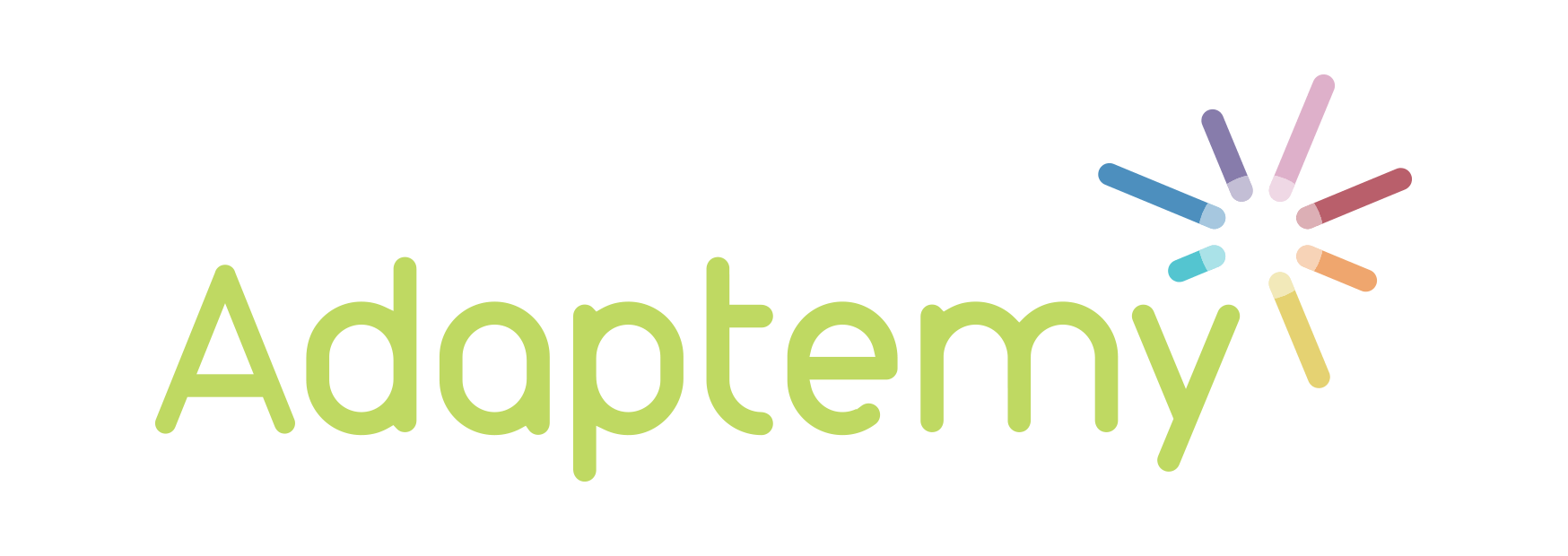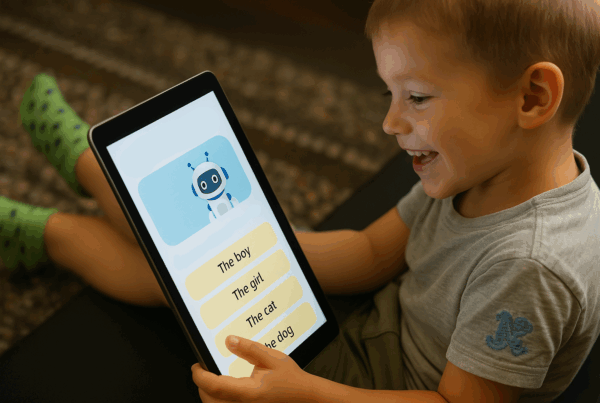
During the early days of EdTech, we techies did little to ingratiate ourselves with the educational community.
Eager about our inventions, excited about the potential and somewhat pushed by early investors, EdTech solutions entered the classroom before they were ready.
EdTech was, and still is, a favoured investment opportunity. “Safe and untapped”, said one commentator, the industry grew by 503% between 2013 and 2016, receiving attention and delivering volume. But not necessarily quality.
Some investors waded in without speaking to a single customer. Eight EdTech companies folded in 2016. Australia abandoned a country-wide trial of NAPLAN, an online testing service, due to glitches earlier this year.
‘Another fad?’ Teachers wonder, as we waltz in the door with our shiny solutions. ‘Is this yet another initiative we’ll understand, consider and integrate moments before it’s whipped away without word or warning?’
Because that’s often the pattern in the education industry. The speed at which it is reformed is astonishing. Take this example, found in Slate’s article on the matter:
Reforms come and go so quickly at Intermediate School 61 in Queens. First there was the push for smaller schools that began in 2003. Then a mind-boggling data system was introduced in 2007. The implementation of Common Core began in 2012, a process on track to continue through at least 2022. A new teacher evaluation system debuted in 2013.
This is enough to explain the reticence and skepticism of teachers, but technical experts have often also failed to understand the complexity of the classroom.
An incredibly complex subject, the nuances of education vary from region to region and are affected by an unfathomable number of factors – culture, psychology, economics and so on. Claiming a line of code can accommodate these changes is as mind-boggling as that line of code would need to be!
To succeed in the art of Educational Technology (for it is an art as much as it is a science), we techies must pay dues to the many moving parts of education.
Classroom dynamics
Individual to each class and teacher, irreplicable and precious, technology must never seek to undermine the importance of a classroom’s culture. Interpersonal and group dynamics are as important to learning as the content of the subject.
Teachers intuitively and repeatedly read classroom dynamics and immediately adapt to address the needs of students. It is essential that technology supports this vital ecosystem and never seeks to eradicate it.
The role of the teacher
It follows that teachers take responsibility for the learning and the emotional welfare of their students. Technology should support them in this role and enhance their ability to meet those responsibilities. Solutions that are insensitive to this will be rightfully rejected.
Wider economic influences
While Global Internet Usage stands at 51%, it’s a fool who presumes schools, students and teachers alike have regular and well-connected access. Techies must interrogate their assumptions. Who has access to technology? What’s homelife like for these students? Is WiFi readily available? Will solutions be accessed via tablets, desktop or smartphones? The plausibility and uptake of a solution will be influenced by these factors.
The Culture of the School
I’ve mentioned classroom dynamics. Wider school dynamics are equally vital. How is technology regarded within the school? Where else has it made an entrance and how? How do these attitudes manifest themselves in the classroom, in students, teachers and parents?
The Culture of the Country
Cultural regard for education differs from country to country, and within regions as well. Government initiatives may work for or against EdTech ideas. Funding may catapult usage rates, or astronomically restrict it. And as we previously explored, government reforms can change very quickly.
A single line of code cannot (and should not) seek to replicate or remove these vital nuances. Rather, technology should adapt to support the role of the teacher, to the student and the curriculum and culture.
At Adaptemy, we’ve entrenched ourselves in educational research to develop a solution that is truly responsive to the moving parts of education. We continue to refine our offering as new learning emerges and the continual feedback loop of analytics points in new, better directions.
To learn more about Adaptemy, contact us here.





